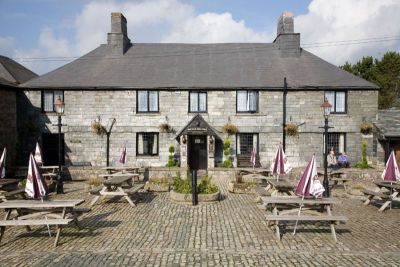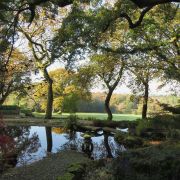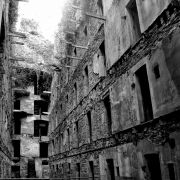
Jamaica Inn was built in 1750 as a coaching inn, for travellers using the turnpike road between Launceston and Bodmin over the wild and treacherous Bodmin Moor. As the inn was remote and isolated, it was an excellent stopping place for visitors from even further afield. It is believed the Inn may have got its name because it did a considerable trade in rum. Whether the inn was actually used to hide contraband is not really known, but it is highly possible given that half the brandy and a quarter of tea smuggled into the country was landed along the Cornish and Devon coasts.
In 1778 the Inn was extended to include a coach house, stables and a tack room creating the main part of the building as it is today. Daphne du Maurier discovered the inn when lost on the moor with a friend. It inspired the novel and gained Jamaica Inn a notoriety which it had not known before.
Today there is one of the most extensive collections of smuggling artefacts in the United Kingdom and the Daphne du Maurier room honours the writer and illustrates her novel in sound and light. The inn is situated in one of the most breathtaking locations in Cornwall, and is an ideal place for the traveller to break a journey further into Cornwall.
There is hotel accommodation, a large car park and an extensive range of food is served from breakfast until late evening. The cobbled courtyard, beamed ceilings, roaring log fires and real ales evoke the past of Jamaica Inn, which can be seen from the A30 trunk road.







